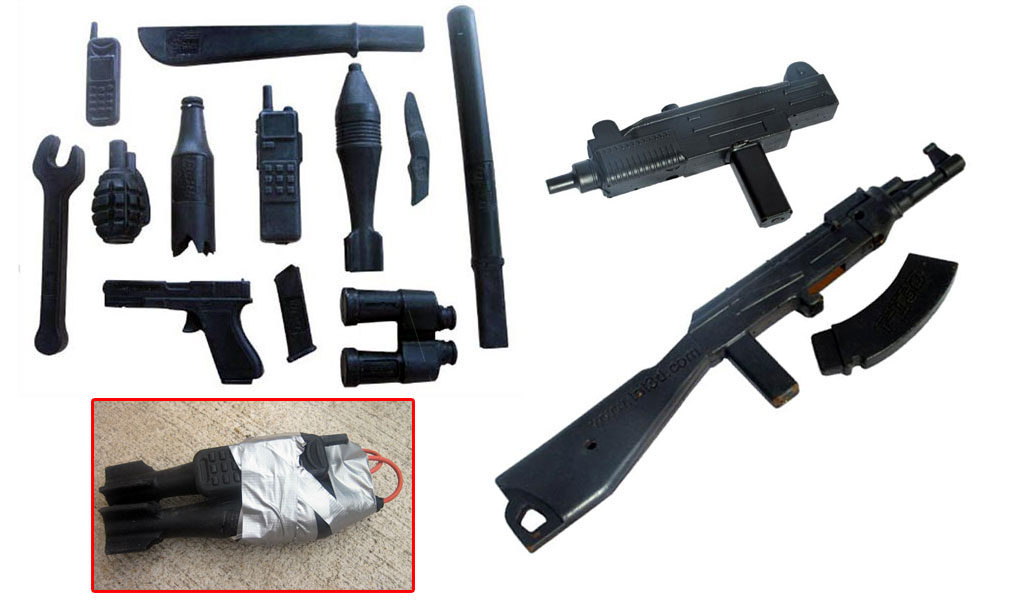“The real battlefield is three-dimensional, it’s not flat like a TV screen or shooting gallery. The distance of the targets (which in reality are armed and dangerous targets) has a fundamental tactical importance. What we must take into account, in a real defense scenario, is both the distance of the targets from us and the distance between them, as well as their actual danger (depending on the distance and other factors). All this affects our shooting techniques, our movements and the rate of fire. “
(extracted from Tiro IDC by SDU Team and Fabrizio Comolli)
As just described in the excerpt at the top of this article, it is okay to train in the range with static targets to become familiar with the weapon and with the dynamics of the shot, but if for work we have to go on the road ready for the worst, we must necessarily train in dynamic / tactical shooting trying to simulate the scenario that we could go to encounter in the best possible way.
A further difficulty that arises between us and the completion of the mission is the priority of the targets. In an agitated action we will find ourselves having to face opponents armed in different ways, at different distances and in different moments or positions. In the midst of this kaos we must be able to understand who to neutralize and who not, there could also be ordinary passers-by who are there by chance or hostages, and with what priority.
In the’ illustration 1 it is possible to see two attackers, one armed with a knife in attack position very close to us, the other armed with a UZI machine gun, which although more dangerous than the knife, is not so much in this case at a much greater distance, but in a position from which we can escape sight by simply moving to our left. Once the knife is neutralized we can proceed in the action towards it.

We continue with other examples, in illustration 2 we have an extremely dangerous situation, a helpless hostage threatened with a knife in the throat and a machine gun aimed at us. In a situation of this type, only a decisive blow can put an end to the dispute, provided that other dissuasion and / or negotiation actions are not already in place.

In illustration 3 instead we have two threats, one put out of action and / or in safety by another operator, the other armed and dangerous.

Another specific case is the following one ofillustration 4 , where although the figure has a balaclava and can therefore be considered a threat, it is not armed in any way and with both hands visible, in this case one should give priority to deterrence but without losing attention to the danger.

Last example that of illustration 5 , but we could go on indefinitely, an armed threat and a possible defenseless civilian but with his hands partially covered, so pay attention to the latter too until we are sure that it is not a danger.

Before moving on to how TAT3D targets can help in this type of training it is worth saying one last thing, and that is that our primary weapon is and will always remain our brain, what we will therefore have to go to train will be the ability to identify and identify threats, and only then engage the most dangerous that will not necessarily be the closest or the best armed.
In this regard, TAT3D offers various realistic target solutions capable of simulating the most disparate situations. In a real firefight it may be possible to face the target multiple times even after having already gone to another. In illustrations 1 and 4 it is possible for example to see the mannequins able to fall once hit, if in the simulation represented in illustration 1 you hit the threat with the knife without letting it fall but you do not want to wait for the second most dangerous one to enter the room and fanning a burst with the UZI, you can neutralize it and return to the first at a later time, even in reality not always for the most diverse reasons a threat hit suddenly loses its offensive power, it may be necessary to go back to it and this is possible by simulate only with equipment that in fact force the operator to use all the senses available for their management, exactly as it would happen with real threats, and, very importantly, all TAT3D targets are reusable and customizable as often as needed you will need, let’s not say that a TAT3D target is forever, but almost.
In illustration 6 it is possible to see some accessories with which to equip our targets in order to develop the sensory skills of selection during training, as you can see from the figure they can also be combined with each other to simulate particular situations such as the one in the photo of a bomb commanded by a mobile phone.

In conclusion, as already said at the beginning, it is not enough to know how to shoot at a square target or at a cardboard template even if with real features to be sure of knowing how to do it again in action. The use of three-dimensional targets such as those of TAT3D also allow the acquisition of targets from different angles that it is not always possible to see on the two-dimensional targets, unless you are in front of them, and this makes them today among the best tools of training for police forces or special emergency services on the market.

